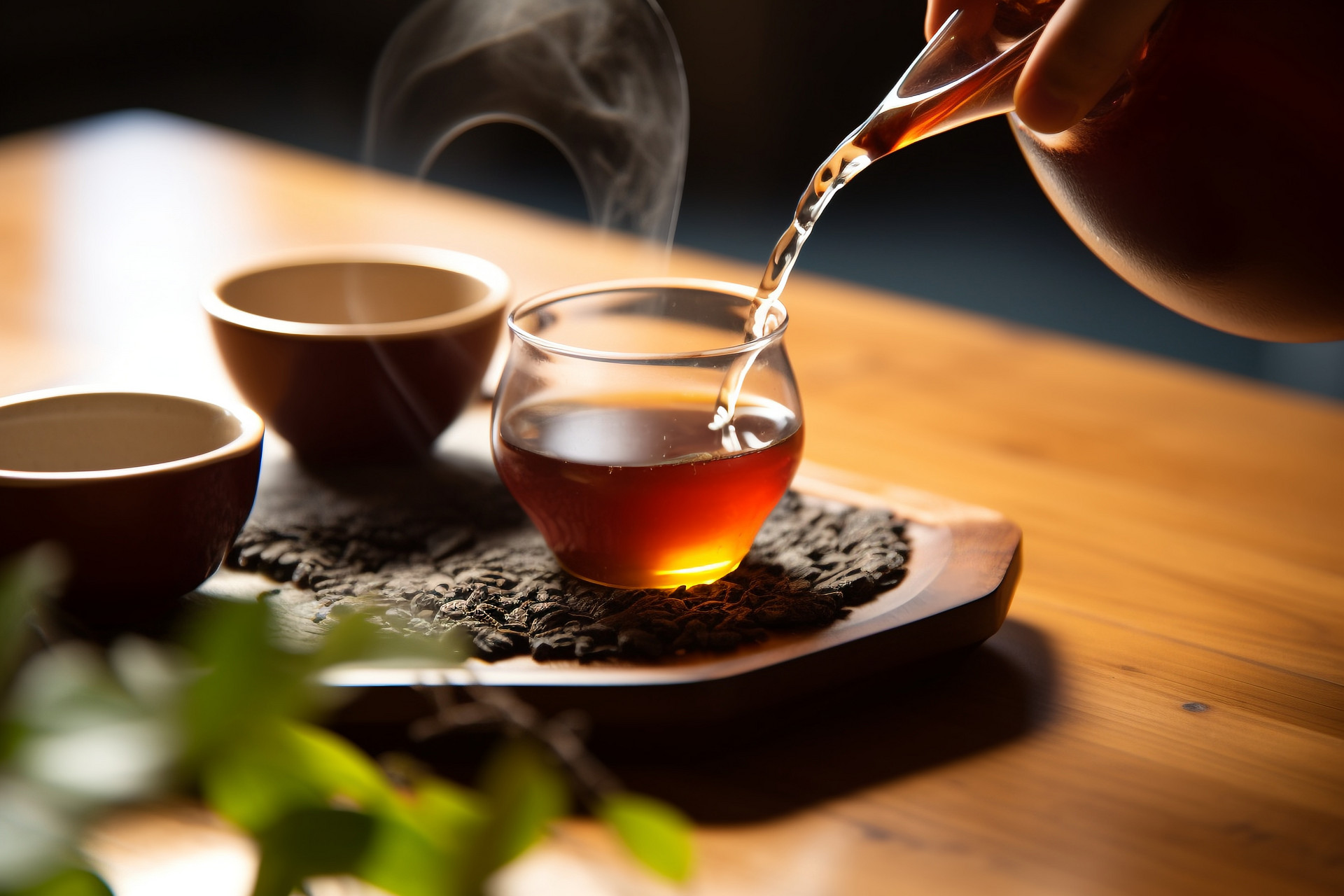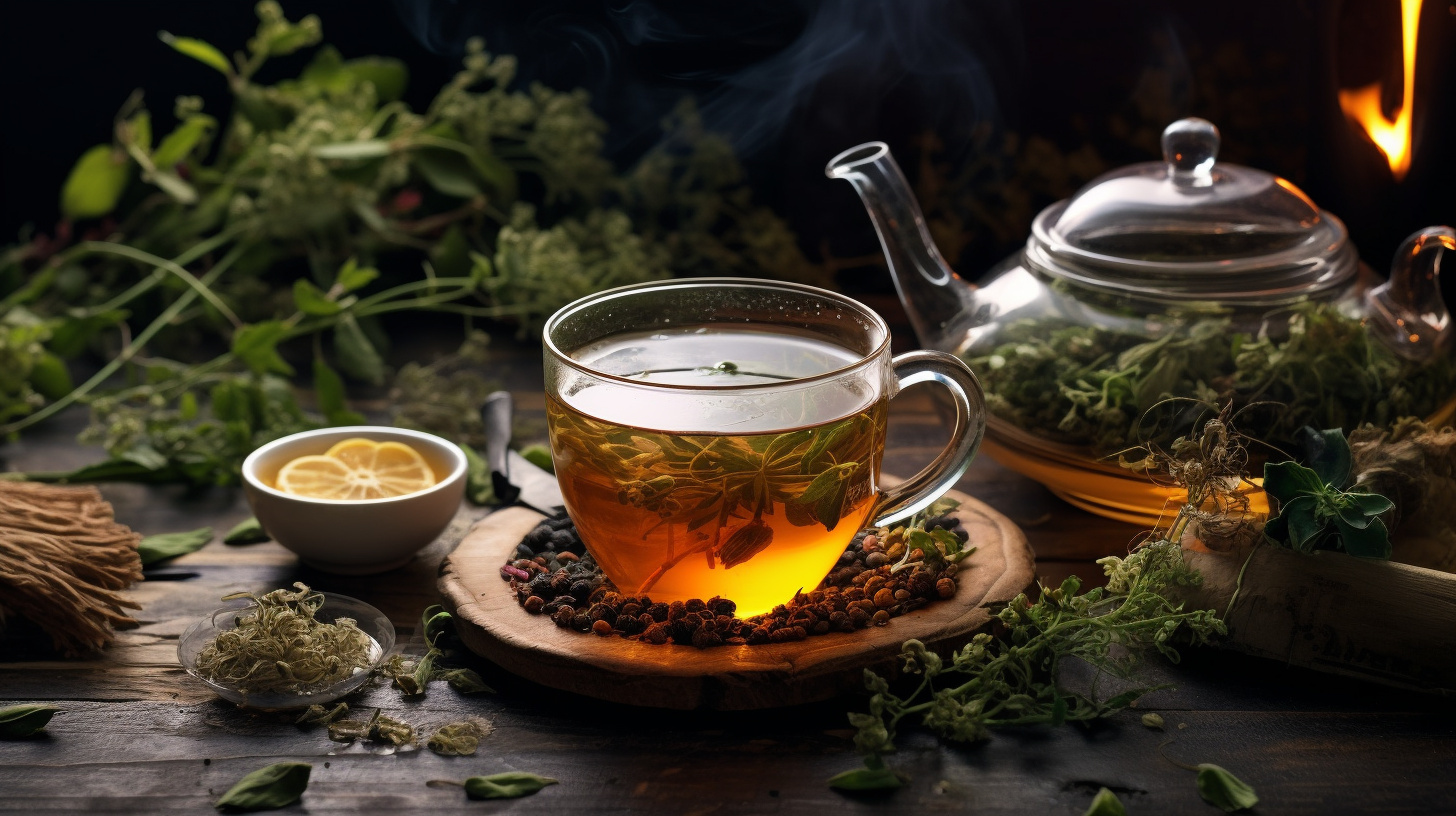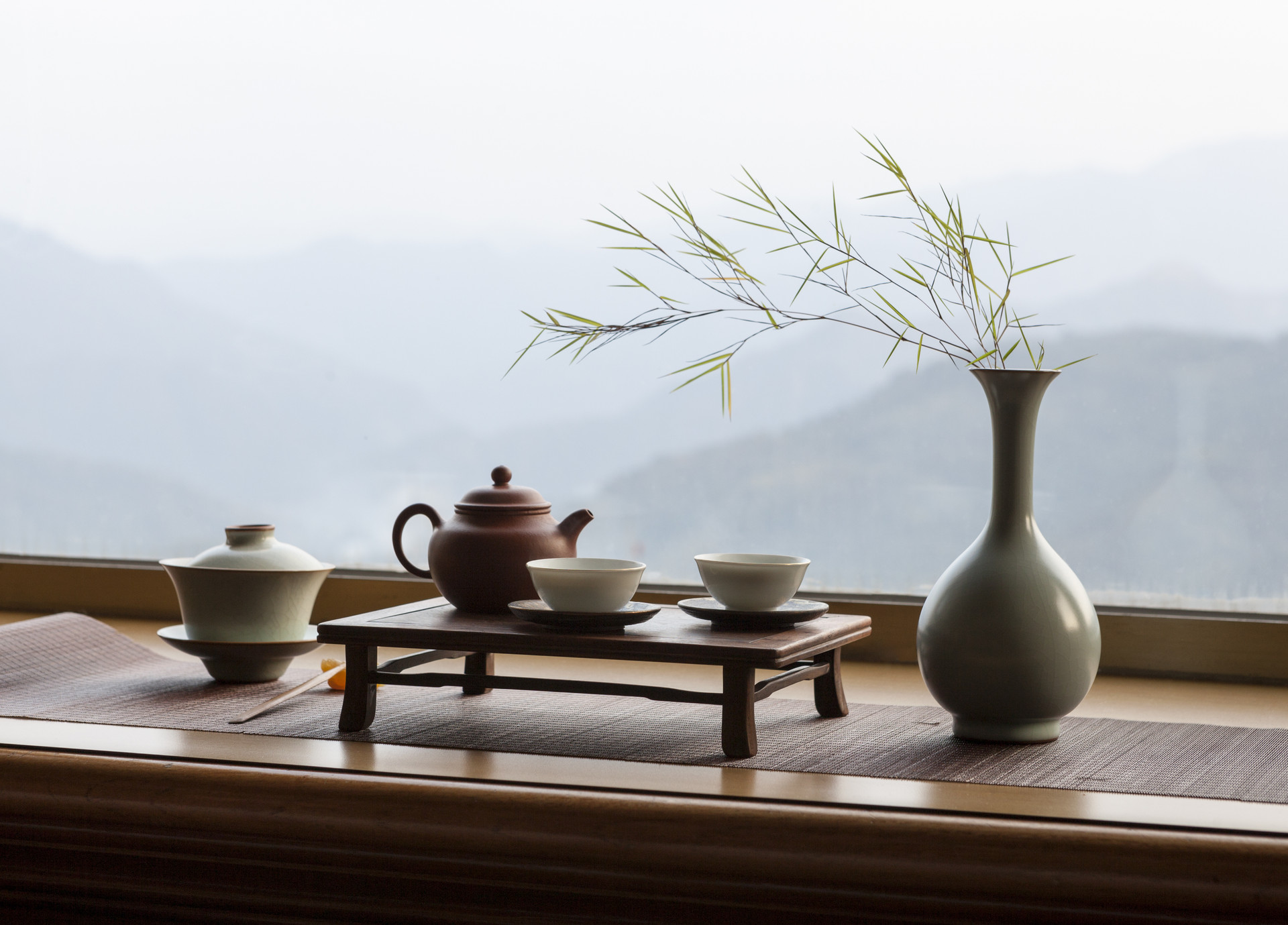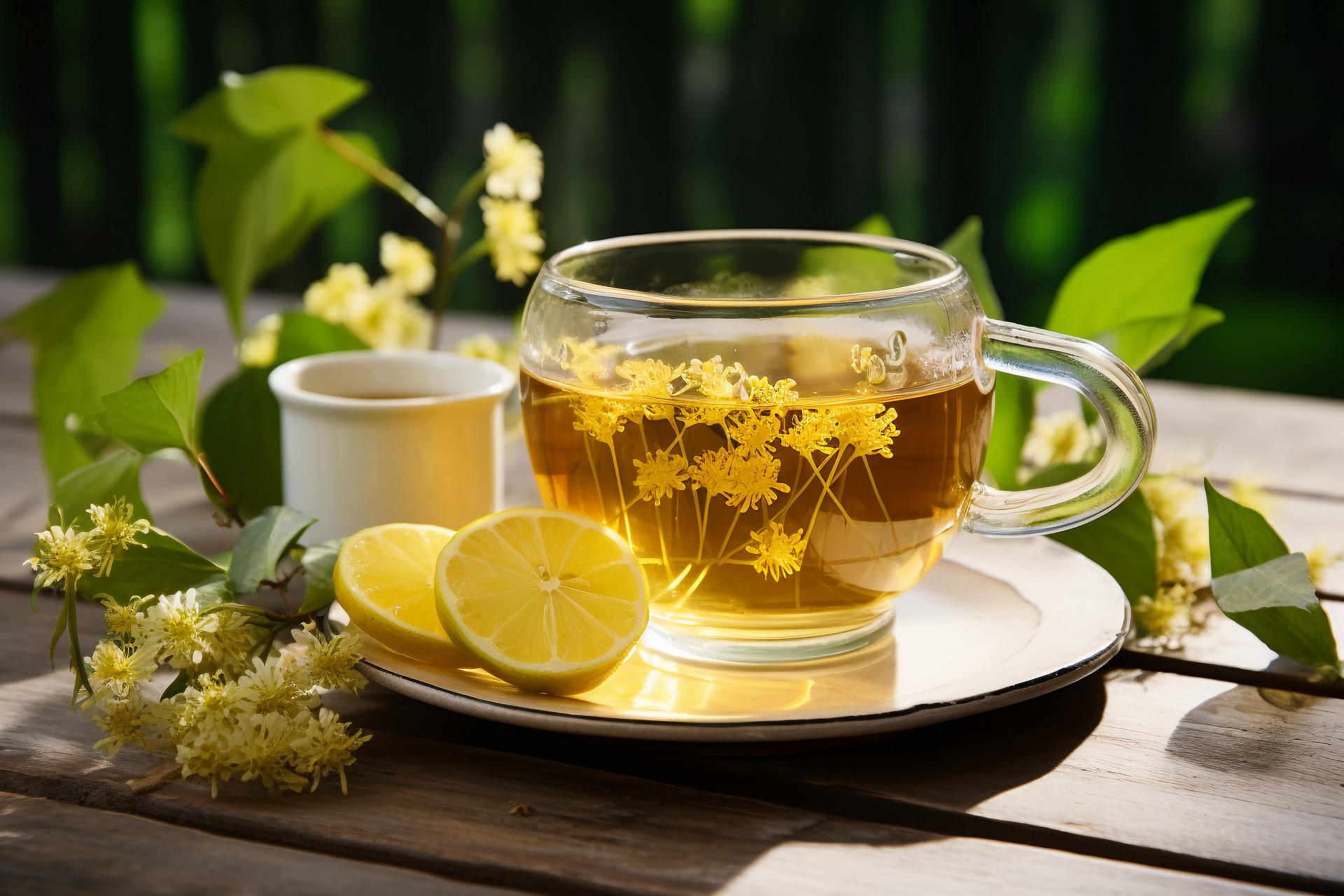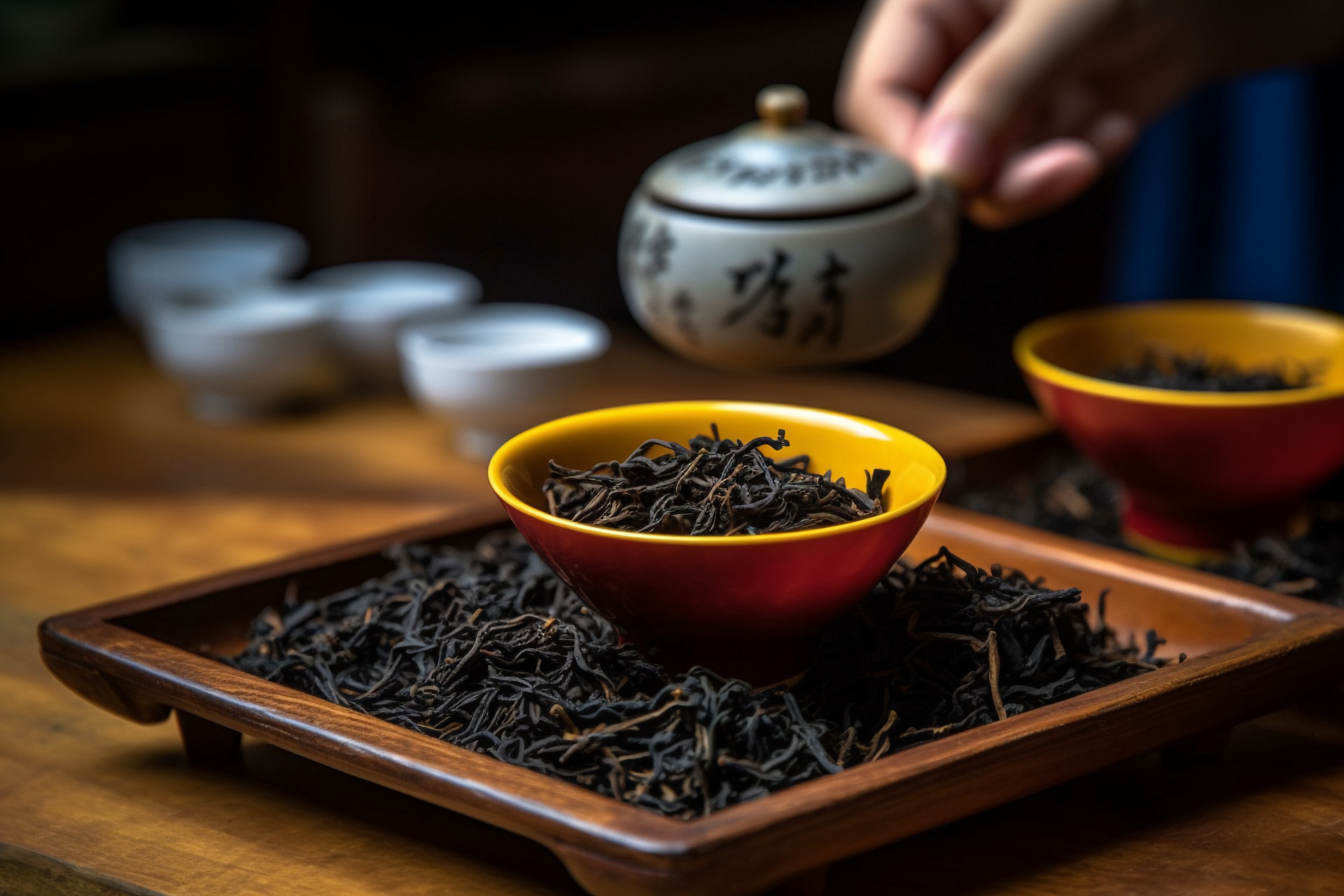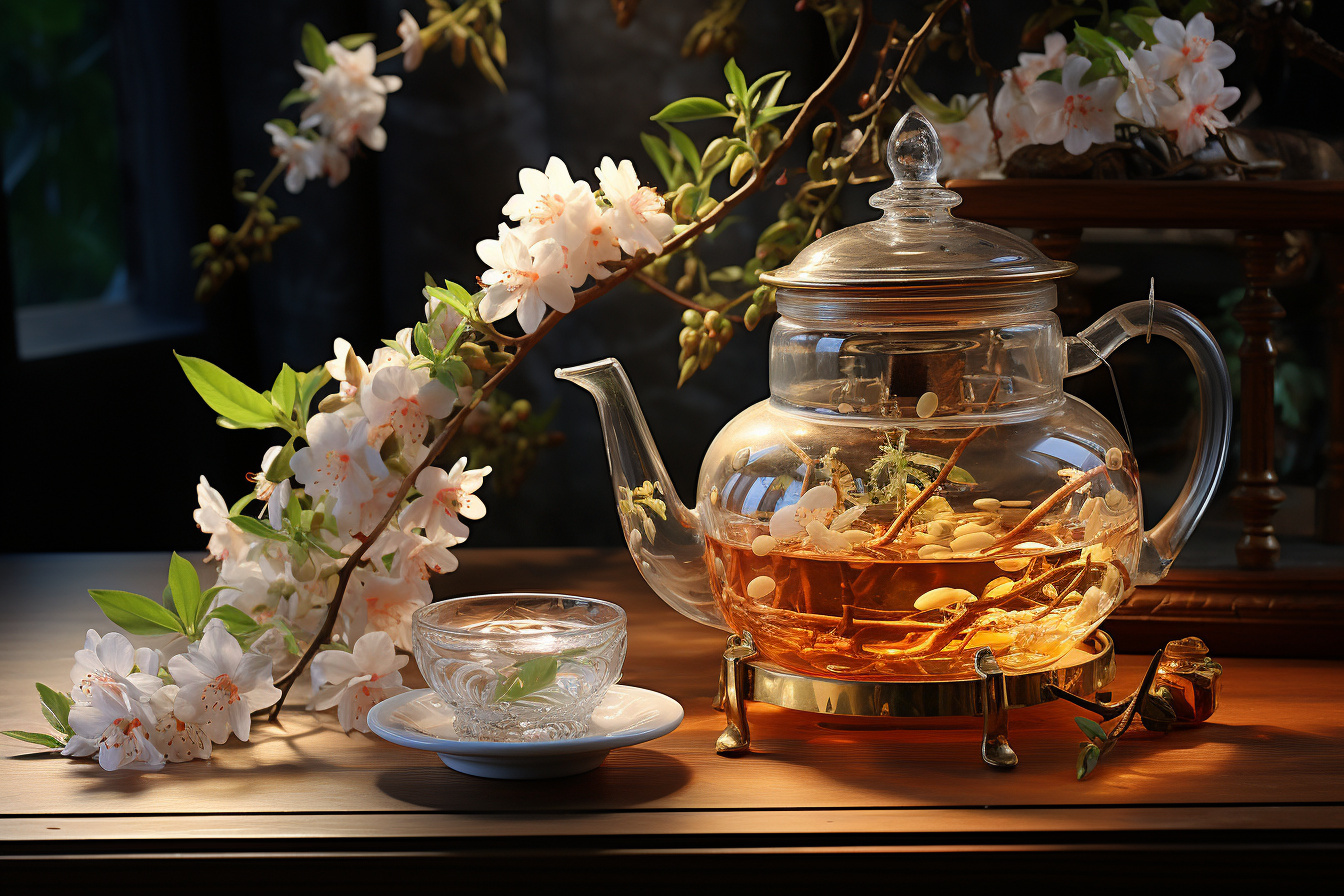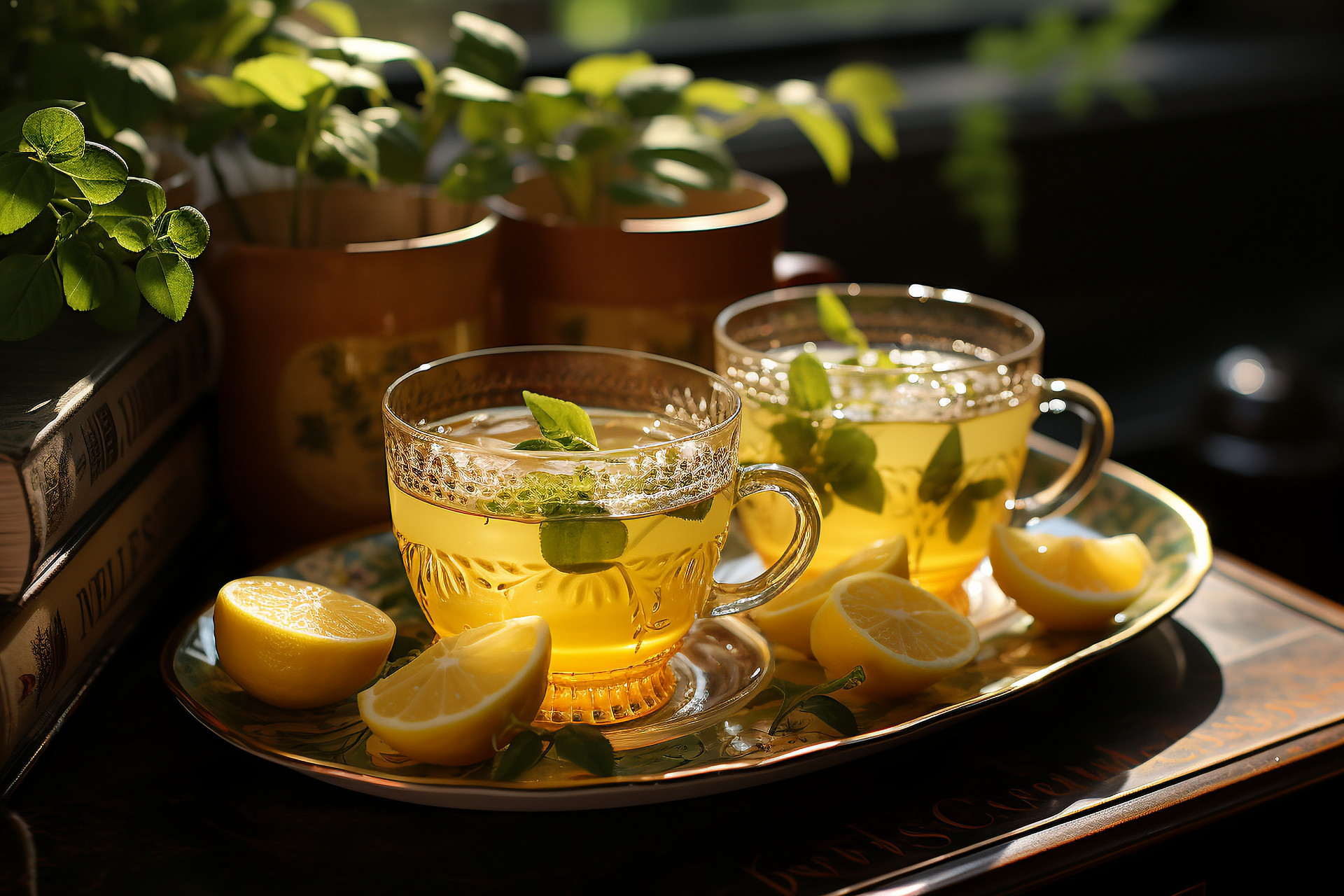Green tea is a type of tea drink that we often see in our daily lives. Many people enjoy drinking green tea. But how much do you know about green tea? Let's take a look at the different types of green tea below.
1. Green Tea
Green tea belongs to the non-intoxicating tea category. It is the oldest, most diverse, highest-yielding, and most widely consumed type of tea in China. Some famous varieties of green tea include Taiping Monkey King, Enshi Jade Dew, Biluochun, Liuan Melon Seed, Xinyang Maojian, and West Lake Longjing.
China produces about 70% of the world's green tea, making it the largest producer of green tea. Green tea is produced in 18 provinces, autonomous regions, and municipalities in China, with Zhejiang, Anhui, Jiangxi, Hunan, and Sichuan being the main producing regions. Zhejiang and Anhui produce the most green tea.
[Characteristics]
Green tea pays great attention to the "three greens" of dry tea, soup color, and leaf base. The best aroma is a floral fragrance with a long-lasting scent. Next is a tender fragrance, a bud fragrance, and a chestnut fragrance. The best aroma is one that lasts the longest. After brewing, green tea has a green color, clear soup, fresh aroma, and refreshing taste.
Green tea retains more natural substances from fresh leaves. The content of theophylline and caffeine is more than 85% of fresh leaves, and the chlorophyll retention is about 50%. The loss of vitamins is also less, resulting in the characteristic of "clear soup, green leaves, and strong taste" of green tea.
2. Biluochun
Biluochun is a precious tea among Chinese famous teas. It has a long history and is renowned for its beautiful shape, vibrant color, strong fragrance, and intoxicating taste.
Biluochun is produced in Dongting Mountain on the shore of Taihu Lake in Jiangsu Province. Dongting Mountain is divided into East Mountain and West Mountain. Dongting East Mountain resembles a giant ship extending into Taihu Lake, while Dongting West Mountain is an island standing in the lake. The climate of the two mountains is mild, with an annual average temperature of 15.5-16.5°C and an annual rainfall of 1200-1500 millimeters. The misty atmosphere and humid air of Taihu Lake, as well as the slightly acidic and loose soil, are very suitable for the growth of tea trees.
Normally, when making tea, the tea leaves are first put into a teapot and then hot water is poured in. However, when brewing Biluochun, it is recommended to first pour 80°C hot water into the cup and then put in the Biluochun. When the Biluochun is placed in the cup, the tea sinks to the bottom and instantly creates a scene of "white clouds rolling and snowflakes flying", with a refreshing aroma filling the air. When observing the tea in the cup, you can enjoy three unique spectacles: waves of snow spraying pearls, the bottom of the cup dyed with spring, and the palace filled with green. When tasting the tea, the first sip is light, fragrant, and refreshing; the second sip is green, fragrant, and mellow; the third sip is fragrant, aromatic, and lingering.
[Characteristics]
The tea leaves are thin and curled like a snail. They are covered with white hairs and hidden in green, with a long-lasting fragrance and a light green soup color. The taste is fresh, intoxicating, and sweet, and the leaf base is tender, yellow, and clean.
3. Enshi Jade Dew
Enshi Jade Dew is a long-standing steamed green tea in China.
Enshi Jade Dew is produced on Wufeng Mountain, located outside the east gate of Enshi City, Hubei Province. Wufeng Mountain has an altitude of over 500 meters. The climate here is mild, with abundant rainfall. There is a flowing Qingjiang River at the foot of the mountain. The soil here is deep and fertile. The good ecological environment promotes the robust growth of tea trees. The tea trees have vigorous metabolism and are particularly rich in chlorophyll, proteins, and aromatic substances, making them excellent raw materials for producing high-quality Jade Dew tea.
[Benefits]
According to research by experts, Enshi's soil is rich in selenium, a rare element. Selenium is known as the "spark of life" and is an essential microelement for human and animal life. Therefore, Enshi's tea is rich in selenium, making Enshi Jade Dew more valuable and considered a traditional famous tea that is "green, natural, and health-preserving". Tasting Enshi Jade Dew not only brings the joy of tea, but also benefits the body.
[Characteristics]
The tea leaves are flat, strong, and straight, resembling needles. The color is green and shiny, and the fragrance is fresh. The soup color is light green and bright like jade. The taste is refreshing and mellow, and the leaf base is tender, yellow, and bright.
4. Liuan Melon Seed
Liuan Melon Seed is the only unique famous tea in China that is made from a single piece of fresh leaves and does not contain buds or tea stems. It is produced in Liuan, Jinzhai, and Huoshan in Anhui Province, and is also known as "Qiyun Melon Seed" because the finished leaves are rolled into the shape of melon seeds.
[Benefits]
Liuan Melon Seed has the effects of quenching thirst, clearing the mind, and refreshing the body.
[Characteristics]
The single leaves are shaped like melon seeds, flat and straight, with a shiny green color. The size is even and there are no buds or tea stems. The fragrance is high and refreshing, the taste is fresh and mellow, and there is a lingering sweetness. The soup color is clear and transparent, and the leaf base is tender, green, and bright.
5. Taiping Monkey King
Taiping Monkey King is a top-grade tea among roasted green teas. It is produced in the Monkey Cave area on the shores of Taiping Lake in Huangshan District, Huangshan City. The natural forest here is lush, shrouded in clouds all year round, with abundant rainfall and high humidity. The soil is deep, fertile, and full of orchids. During the tea picking season, the orchids bloom with a fragrant aroma, creating the unique quality of "Monkey King".
Taiping Monkey King is traditionally divided into Monkey King as the top grade, followed by King Tip, Tribute Tip, Heaven Tip, Earth Tip, Man Tip, and Yuan Tip. There are three grades of Monkey King tea, namely Special Grade 1 to 3, and Grade 1 to 10. Grades 9 and 10 are no longer produced. Generally, Special Grade 1 to 3 are considered high-grade Monkey King, Grades 4-6 are considered medium-grade Monkey King, and Grades 7 and above are considered low-grade Monkey King.
[Characteristics]
The appearance is two leaves embracing a bud, flat and straight, naturally stretched, with white hairs visible. The tea leaves are green and even, with red veins in the green, commonly known as "red thread". The fragrance is high and charming, the taste is intoxicating, and there is a unique "report rhyme" in the fragrance. The soup color is clear green and bright, and the leaf base is tender and plump.
6. West Lake Longjing
West Lake Longjing tea is produced in Shifeng Mountain, Meiquanwu, Wengjia Mountain, Yunqi, Hupao, and Lingyin areas in Hangzhou.
Longjing tea gardens are often accompanied by Yunjing, enjoying the nourishment of rain. The soil on the slopes in the tea area is acidic and loose, with good ventilation and water permeability. West Lake Longjing grows in such an environment with dense springs, mild climate, abundant rainfall, and distinct seasons.
The quality of Longjing tea is classified based on the freshness of the picked leaves and the time of picking:
"Lianxin" refers to tea made from unopened buds.
"Qiqiang" refers to tea made from one bud and one leaf, with the leaf as the flag and the bud as the spear.
"Que She" refers to tea made from one bud and two leaves when they are just beginning to unfold, resembling a sparrow's tongue.
Longjing tea is divided into three seasons: pre-rain, early spring, and late spring tea. Pre-rain tea is made from Qingming to Gu Yu. Early spring tea is made from Gu Yu to 5 days after Gu Yu. Late spring tea is made from 6 to 10 days after Gu Yu. Tea made from 11 days after Gu Yu to Lixia is called "San Chun Tea" or "San Jian". Tea made after Lixia is called "Si Chun", "Lan Chun", "Chang Da", etc. Longjing tea is divided into 3 grades, namely Special Grade 1 to 3 and Grade 1 to 10. Grades 9 and 10 are no longer produced. Generally, Special Grade 1 to 3 are considered high-grade Longjing, Grades 4-6 are considered medium-grade Longjing, and Grades 7 and above are considered low-grade Longjing.
[Benefits]
Longjing tea is known for its "beautiful shape, green color, fragrant aroma, and sweet taste". Tasting Longjing tea can be described as an artistic enjoyment. Longjing tea contains more amino acids, catechins, chlorophyll, and vitamin C than other tea leaves, which are very beneficial to human health.
[Characteristics]
The tea leaves are flat, strong, and straight, resembling needles. The color is green and shiny, with a white bud visible. The tea leaves are lush and green, and the veins are red in the green, commonly known as "red thread". The fragrance is high and fresh, the taste is sweet and mellow, and there is a fresh olive aftertaste. The leaf base is tender, even, and soft.
7. Xinyang Maojian
Xinyang Maojian is produced in Xinyang County, southern Henan Province.
Tea gardens are mainly distributed between Cheyun Mountain, Jiyun Mountain, Tianyun Mountain, Yunjing Mountain, Beilei Mountain, and Heilongtan. The terrain here is high and steep, with lush mountains and crisscrossing streams. There is abundant mist and a natural environment with distinct seasons, which provides natural conditions for the production of Xinyang Maojian tea.
Xinyang Maojian is picked in spring, summer, and autumn, and is divided into spring tea, summer tea, and autumn tea.
[Characteristics]
The appearance is thin, straight, tight, and straight, with a clear melon seed shape. The color is grass green, and the aroma is fresh. The soup color is tender green and bright like jade. The taste is mellow and intoxicating, and the leaf base is tender, green, and bright.
Green tea has many varieties, and they are all well-known teas. Green tea is especially suitable for summer consumption as it can clear heat and relieve summer heat, which is very beneficial to human health!


![[The Risks of Eating Hawthorn During Pregnancy]](https://tcmmaintenance.com/uploads/20240715/97742b67f97f94c495ae1389337c5c41.jpg)
